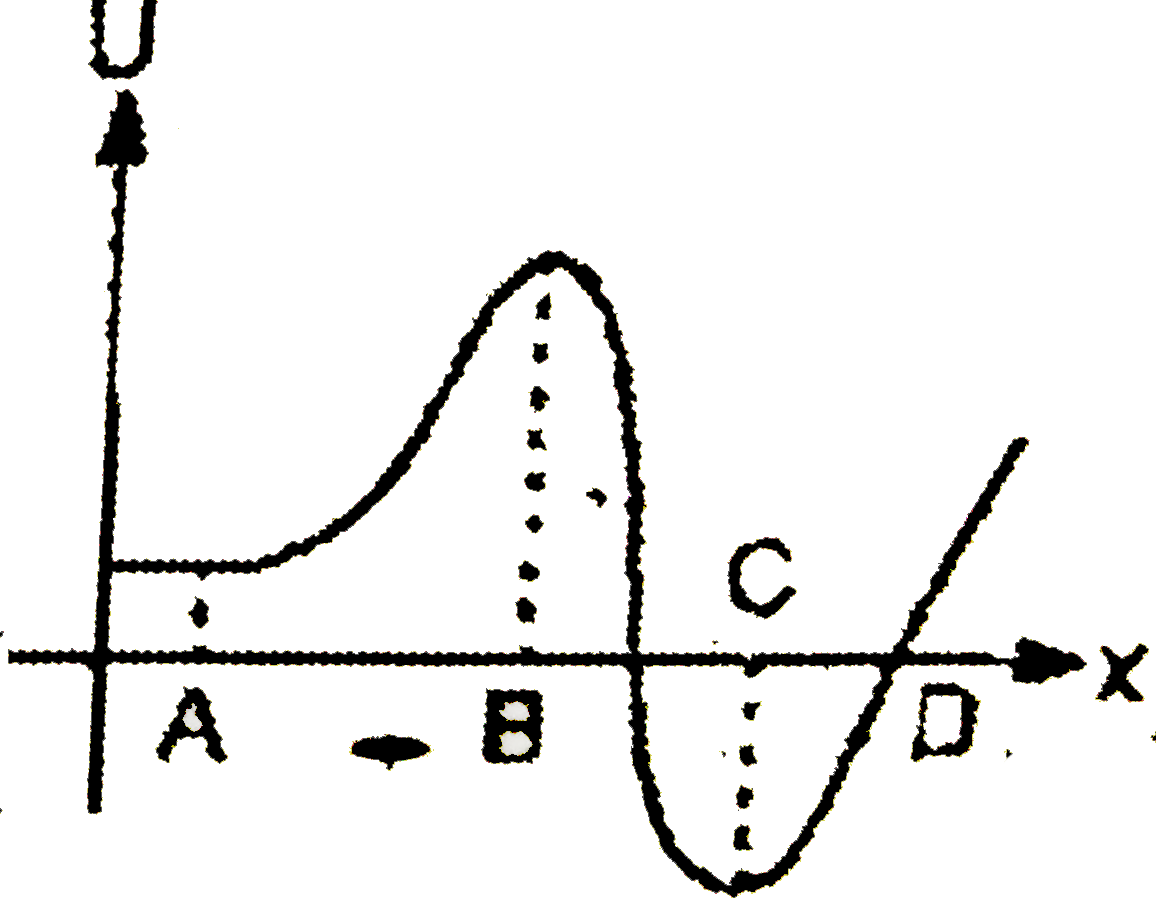The slope of the kinetic energy versus position vector curve gives the rate of change of :-
work
force
power
momentum
The correct Answer is:D
To solve the question, we need to determine what the slope of the kinetic energy (KE) versus position (x) curve represents. Let's break this down step by step:
Step 1: Understand the relationship between kinetic energy and position
The kinetic energy (KE) of an object is given by the formula:
KE=12mv2
where m is the mass of the object and v is its velocity.
Step 2: Identify the slope of the KE vs. position graph
The slope of the kinetic energy versus position curve is defined as:
slope=d(KE)dx
This means we are looking for the rate of change of kinetic energy with respect to position.
Step 3: Apply the chain rule
To express d(KE)dx in terms of velocity, we can use the chain rule. Since KE depends on v, and v depends on x, we can write:
d(KE)dx=d(KE)dv⋅dvdx
Step 4: Differentiate kinetic energy with respect to velocity
Using the formula for kinetic energy:
d(KE)dv=mv
So, we can substitute this into our equation:
d(KE)dx=mv⋅dvdx
Step 5: Relate dvdx to acceleration
From kinematics, we know that:
a=dvdt
and
v=dxdt
Thus, we can express dvdx as:
dvdx=av
Step 6: Substitute back into the equation
Substituting dvdx back into our equation gives us:
d(KE)dx=mv⋅av=ma
This shows that the slope of the kinetic energy versus position curve is equal to the force acting on the object.
Conclusion
Thus, the slope of the kinetic energy versus position vector curve gives the rate of change of momentum.
The kinetic energy (KE) of an object is given by the formula:
KE=12mv2
where m is the mass of the object and v is its velocity.
The slope of the kinetic energy versus position curve is defined as:
slope=d(KE)dx
This means we are looking for the rate of change of kinetic energy with respect to position.
To express d(KE)dx in terms of velocity, we can use the chain rule. Since KE depends on v, and v depends on x, we can write:
d(KE)dx=d(KE)dv⋅dvdx
Using the formula for kinetic energy:
d(KE)dv=mv
So, we can substitute this into our equation:
d(KE)dx=mv⋅dvdx
From kinematics, we know that:
a=dvdt
and
v=dxdt
Thus, we can express dvdx as:
dvdx=av
Substituting dvdx back into our equation gives us:
d(KE)dx=mv⋅av=ma
This shows that the slope of the kinetic energy versus position curve is equal to the force acting on the object.
Thus, the slope of the kinetic energy versus position vector curve gives the rate of change of momentum.
Similar Questions
Statement-1 : The slope of momentum versus time graph give us the acceleration. Statement-2 : Force is given by the rate of change of momentum
View SolutionThe slope of the tangent at a point on the curve of concentration of a reactant as a function of time gives the instantaneous rate of reaction.
View Solution
Knowledge Check
The slope of potential energy versus position graph represents
AforceBpowerCmomentumDworkThe slope of kinetic energy displacement curve of a particle in motion is
AEqual to the acceleration of the particleBInversely proportional to the accelerationCDirectly proportional to the accelerationDNone of the aboveThe slope of kinetic energy displacement curve of a particle in motion is
AEqual to the acceleration of the particleBInversely proportional to the accelerationCDirectly proportional to the accelerationDNone of the above
If the kinetic energy of a body changes by 20%, then its momentum would change by
View SolutionThe slope of the straight line obtained by plotting rate versus concentration of reactant in a first order reaction is
View SolutionMaximum kinetic energy of the positive ion in the cyclotron is
View SolutionThe following plot shows the variation of potential energy (U) of a system versus position (x). From the graph we can interpret that :

View SolutionThe slope of work-time curve at any instant gives
View Solution
